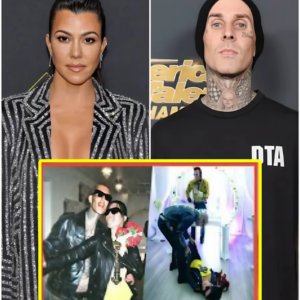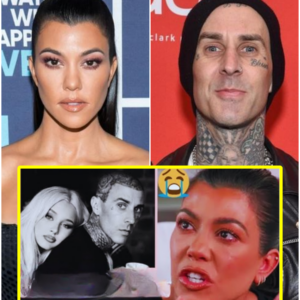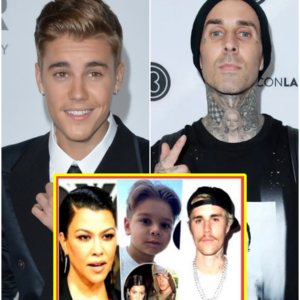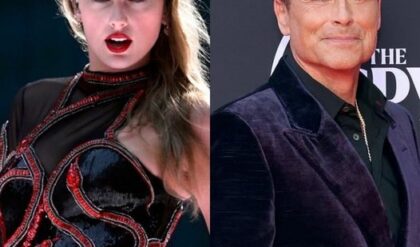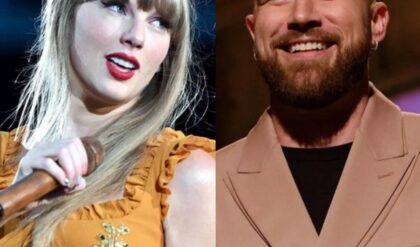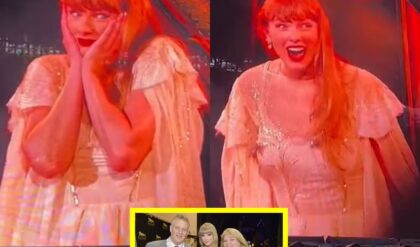In recent discussions surrounding Hollywood’s treatment of black male actors, the topic of wearing dresses on screen has sparked controversy. This debate resurfaced after Dave Chappelle publicly shared his experience and concerns about the pressure placed on black comedians to wear dresses in films, often as a condition for career advancement. Chappelle’s remarks, coupled with anecdotes from his own career, shed light on a longstanding issue within the entertainment industry.
Chappelle, known for his bold stance on integrity and creative autonomy, recounted incidents where he was urged to wear a dress during film productions. One notable instance occurred while filming alongside Martin Lawrence, where Chappelle found a dress in his trailer, intended for a scene that he felt uncomfortable with. Despite his objections, Chappelle revealed that producers persisted, citing it as a comedic trope embraced by many successful comedians before him.
The debate gained traction when Kevin Hart, another prominent black comedian, appeared in a dress on Saturday Night Live (SNL) in 2013, despite previously expressing reluctance towards such roles. Hart, who had spoken about the importance of setting boundaries in his career, faced criticism for what some viewed as compromising his principles for fame. This event reignited discussions about the pressures faced by black entertainers in Hollywood, where success sometimes seems contingent on conforming to stereotypical roles.
Critics argue that these portrayals perpetuate harmful stereotypes about black masculinity, portraying black men in ways that undermine their image and dignity. The issue goes beyond mere attire; it touches on broader themes of representation and artistic integrity. While some argue that wearing a dress is just another role, others, like Chappelle, view it as a symptom of a deeper issue within an industry that sometimes prioritizes profit over principles.
Chappelle’s decision to walk away from a lucrative Comedy Central contract in 2005 serves as a testament to his commitment to artistic freedom. He cited concerns over the conditions attached to the contract, including pressures to compromise his values for commercial success. His actions sparked a dialogue on the ethical challenges faced by entertainers, especially those from marginalized communities, in navigating Hollywood’s complex landscape.
In contrast, Hart’s career trajectory includes numerous successes post-SNL, leading to blockbuster films and lucrative partnerships. Despite criticisms, Hart’s supporters argue that his versatility and work ethic contributed significantly to his rise, suggesting that his SNL appearance was a strategic career move rather than a compromise of principles.
The controversy underscores broader systemic issues within the entertainment industry, where artists of color often contend with limited opportunities and stereotypes. While progress has been made in representation, incidents like these highlight ongoing challenges in achieving authentic and respectful portrayals in media.
Ultimately, the debate over black comedians wearing dresses in Hollywood serves as a microcosm of larger issues surrounding race, representation, and artistic freedom. Chappelle’s and Hart’s experiences provide valuable insights into the complexities of navigating fame and integrity in an industry where success often comes with sacrifices.
As discussions continue, the spotlight remains on how Hollywood can better support diverse voices and narratives while respecting the boundaries and values of its artists.
News
(B) Travis Barker MISSED when Kourtney Kardashian returned home drunk after Kardashians party. (VIDEO)…
Courtney Kardashian made headlines just seven weeks after giving birth when she decided to attend the annual Kardashian Jenner Christmas party sans pants. Despite recently welcoming her fourth child, Rocky, with boyfriend Travis Barker, Courtney seemed anything but tired as…
(B) Kourtney Kardashian Shocking Revelation on Why Her Relationship with Travis Barker Ended. (VIDEO)…
In the public eye, Travis Barker and Courtney Kardashian’s relationship was once perceived as an unbreakable union, filled with passion and devotion. However, recent revelations paint a vastly different picture, revealing the underlying turmoil that ultimately led to its demise….
(B) Kourtney Kardashian SECRET XTAPE With Minor Justin Bieber REVIEWED by The Feds. (VIDEO)
The recent discovery of a video purportedly featuring Courtney Kardashian and Justin Bieber has ignited a firestorm within the entertainment industry, prompting intense speculation about its potential ramifications. This revelation, coupled with reports of a raid on Diddy’s home, has…
(B) EXTREMELY SHOCKING: Kris Jenner Lied About DNA Test To Khloe Kardashian As O.J. Simpson Could Be Her Father. (VIDEO)..
In a moment etched into the memories of internet users, Chris Jenner once orchestrated a dramatic DNA test to dispel rumors surrounding Khloe Kardashian’s paternity. Speculations swirled, stemming from Jenner’s revelations in her memoir “Chris Jenner and All Things Kardashian,”…
(B) Kourtney Kardashian finally shows proof her son Reign Disick is actually Justin Bieber’s son. (VIDEO)..
Courtney Kardashian recently embarked on an exciting escapade to Australia and New Zealand with her husband, Travis Barker, for his tour. However, it was their youngest son, Rain, who stole the spotlight during their adventures. With his mischievous antics and…
(B) NEWS HOT; Travis Barker Found Evidence of Kourtney Shared Baby With Justin Bieber (video)…
The rumor mill surrounding Justin Bieber and the Kardashian family has been churning for quite some time, igniting speculation about his connections with various members. While the details are murky and often sensationalized, let’s delve into the complexities of these…
End of content
No more pages to load
